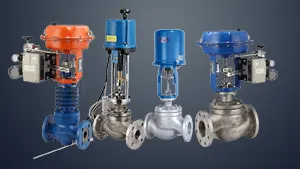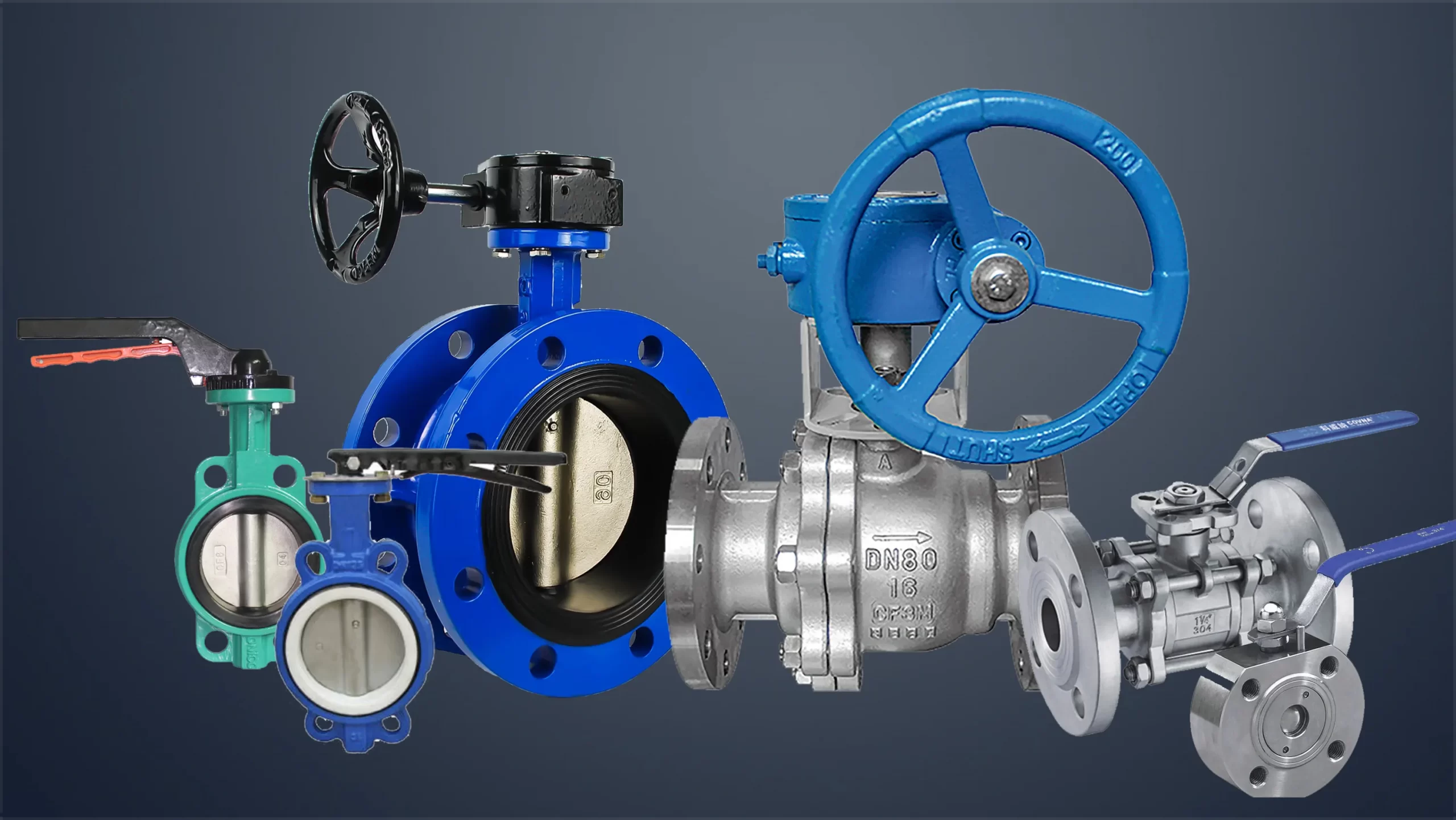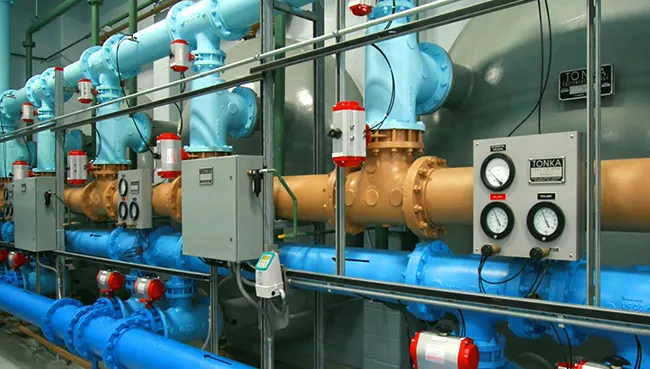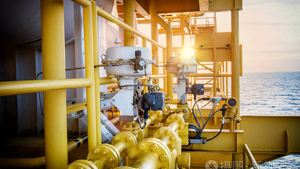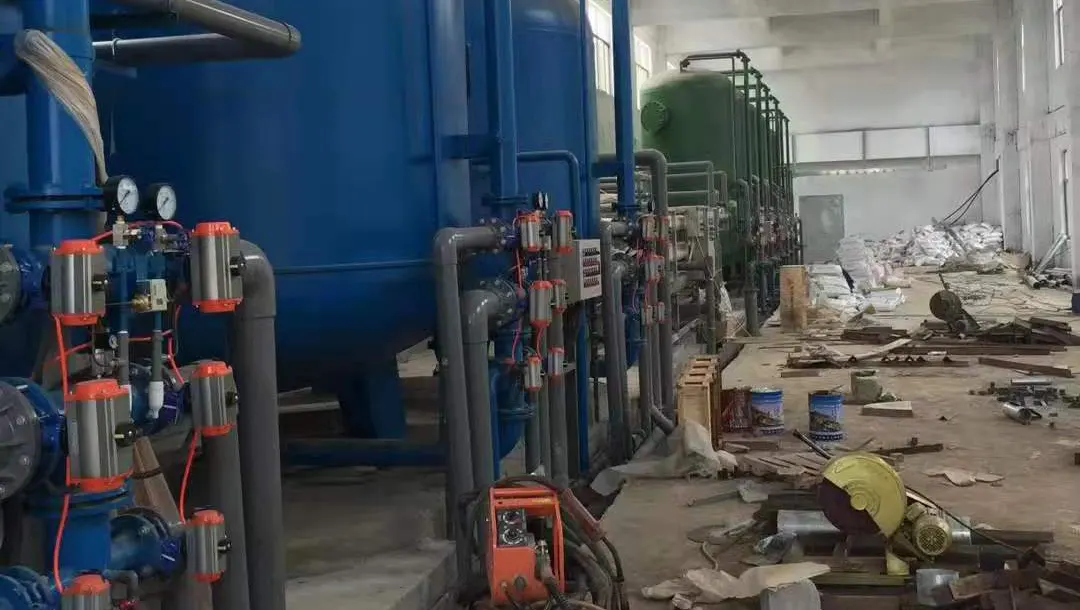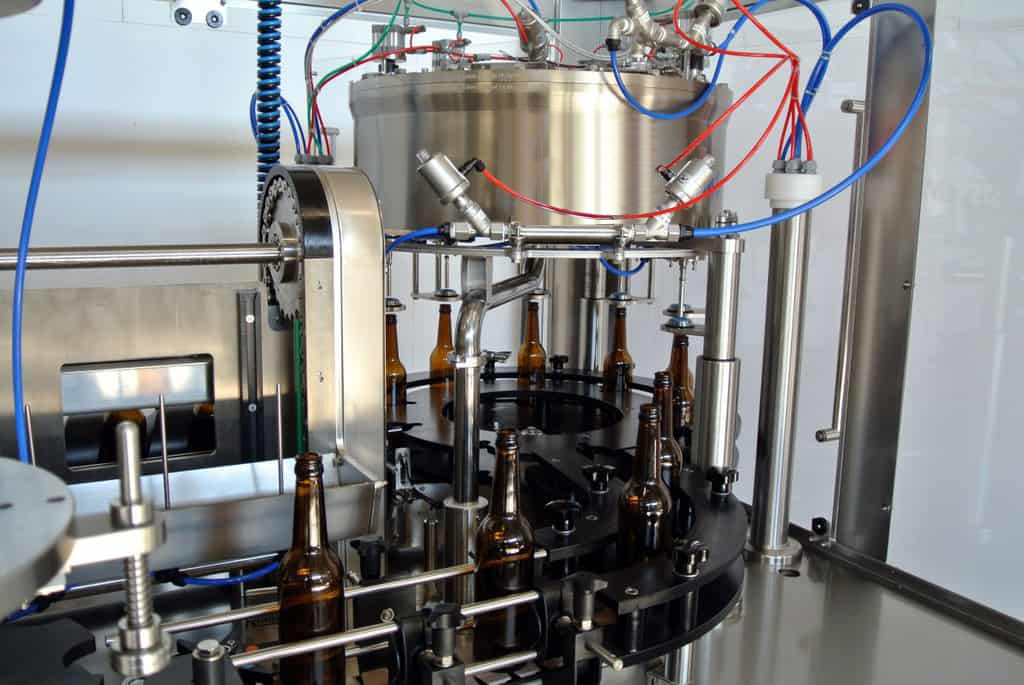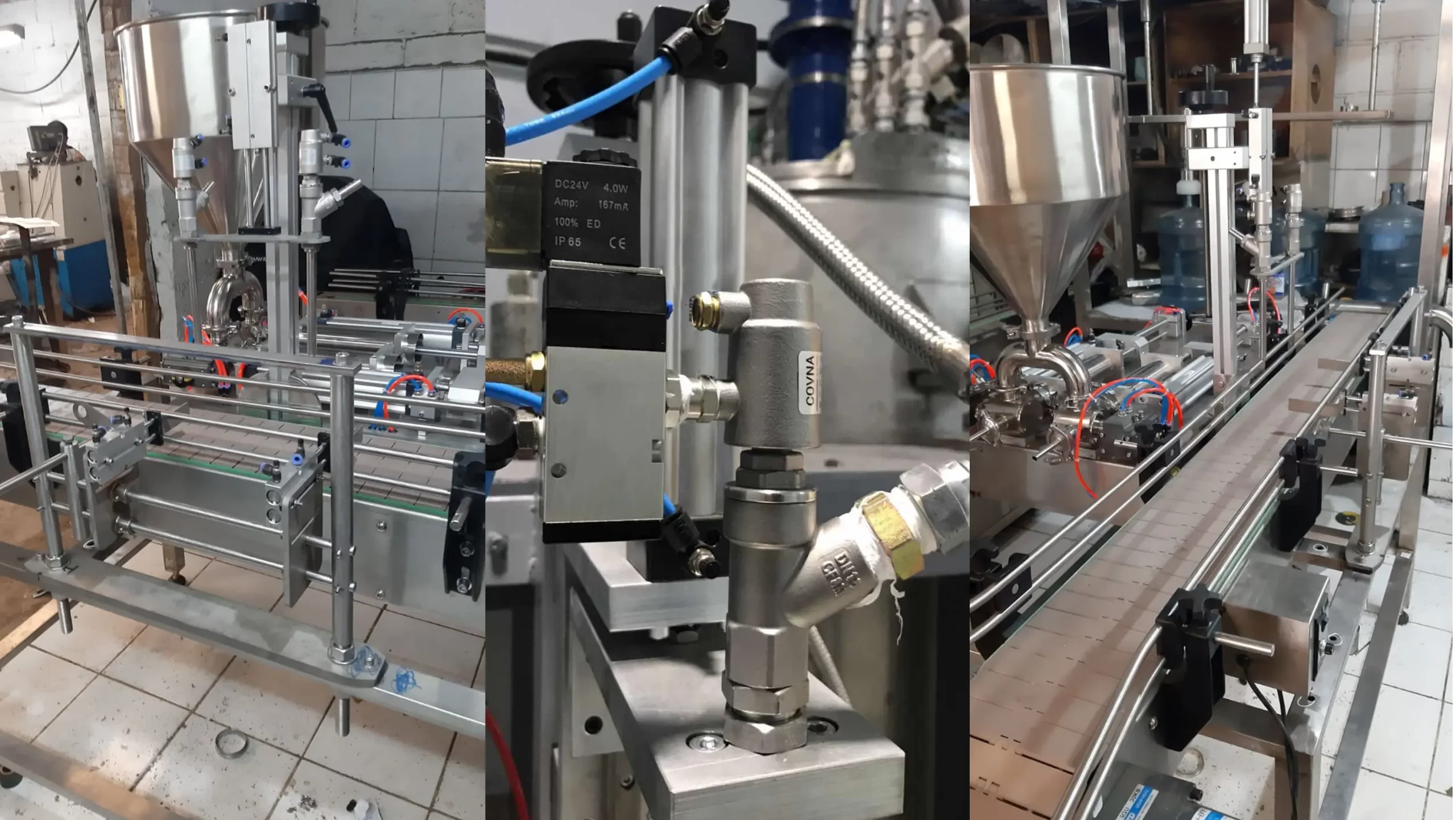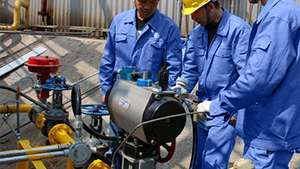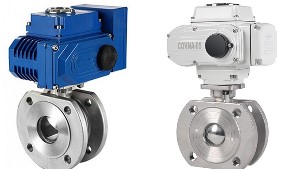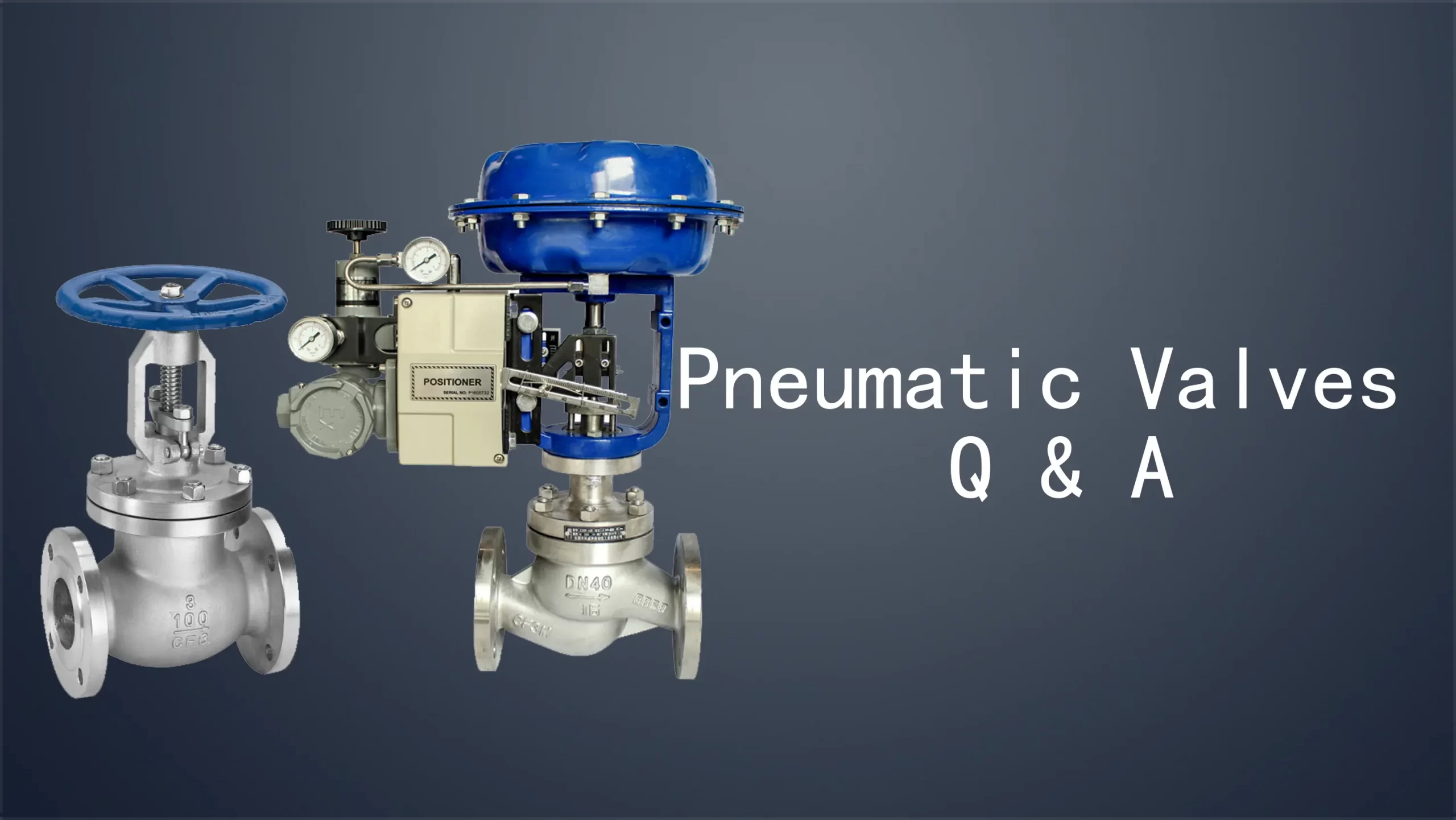As industrial automation designs are updated and iterated, the requirements for equipment are becoming more diverse. This is also true for valves. To meet the different requirements, different valves and valve actuators are used. In order to seek the most suitable valve actuator, then it is essential to understand valve actuators. I will introduce the actuators from the following aspects: operation types of valve actuators, types of actuators, and functions of actuators.
Types of Valve Operation
Rotary (Quarter-Turn) Operation – This includes plug valves, ball valves, and butterfly valves. Quarter-turn dampers would also fall into this category. These types of valves are generally easier to fit with the appropriate actuator as the operation is relatively simple, requiring a 90-degree rotation at the appropriate torque.
Multi-Turn Operation – This group of valves have either rising non-rotating stems or non-rising rotating stems and require multiple turns to move the valve closure element from the open to the closed position. Some examples of the types of valves found in this group include globe valves, knife gates, gate valves, sluice gates, and others.
Types of Valve Actuators
Pneumatic actuators – quarter-turn – These types of actuators are versatile and can be used where electric power isn’t readily available or in applications in which simplicity and reliability are prioritized. They also have a wide range of capabilities, from smaller actuators delivering a few inch pounds of torque to the largest actuators, which can deliver a million inch pounds of torque or more. Most pneumatic actuators use a cylinder coupled with some mechanism that turns the linear motion generated in the cylinder to the quarter-turn motion required for valve operation. Adding an opposing spring allows for positive shut-down in emergencies.
Pneumatic actuators – multi-turn – When multi-turn output is required for operating a linear-type valve, such as a gate valve or a globe valve, pneumatic actuators are a common solution. While electric actuators are often used for these types of valves, pneumatic actuators is viable options for applications in which electricity isn’t readily available.
Electric actuators – multi-turn – These types of valves are among the most common and the most dependable. They’re capable of quickly operating some of the largest valves, and they’re powered by a single or three-phased electric motor that drives a combination of level gears and spurs. Subsequently, these gears and spurs drive a stem nut, which engages the stem of the valve to open or close it. They often include a declutching mechanism and a hand wheel that allows for manual operation in the event of a power failure.
Electric actuators – quarter-turn – Similar in design to multi-turn electric actuators, the primary difference is that the final element is positioned in one quadrant offering 90 degrees of rotation. These types of actuators are compact and often used in smaller valves, and because they have lower power requirements, they can be configured with an emergency power supply (such as a battery) for fail-safe operation.
Manual actuators – Manual actuators use levers, wheels, and/or gears to facilitate movement. Manual actuators differ from automatic actuators, as automatic actuators have an external power source providing the force and motion needed to operate a valve automatically or remotely. For many valves, manual operation isn’t an option, either because the application includes valves in remote pipelines or due to the sheer force required for operation. Additionally, manual actuators aren’t a practical solution for valves located in toxic or hostile environments, and they’re not as useful in applications requiring the safety precaution of allowing for immediate shutdown.
Valve Actuator Functions
Moving the valve closure member to the appropriate location. A closure member is typically a plug, disc, or ball, and an actuator must have enough force to move it even in difficult or undesirable conditions. Additionally, it has to be fitted with the necessary controls to direct it.
Holding the valve closure member in position. Once in the desired position, a valve actuator must be able to hold it in place. In some applications, such as throttling applications, this requires a robust spring or fluid power or mechanical stiffness to keep the closure member securely in place.
Seating the valve with enough torque to meet desired shutoff specifications. Some types of valves may require special accessories for actuator sizing to sustain enough torque to maintain closed positions.
Having a failure mode. A failure mode needs to occur in the event of a system failure. Depending on the application, failure mode may be as-is, fully closed, or fully open.
Having the proper rotational value. Some valves require a certain amount of rotation, often 90 or 180 degrees. Multi-ported valves often require more than 90 degrees of rotation, and electric actuators are usually preferred for applications requiring rotation of greater than 180 degrees, as they’re not limited in rotation mechanically.
Providing the right operating speed. The cycle speed of an actuator can be regulated with control circuit elements, but cycle speeds less than half of the typical actuator cycle time require careful valve selection. Specially prepared pneumatic actuators may be required for high cycle speeds without risking damage to valve parts.
In addition to the above, there are factors such as operating speed, operating frequency, safety, and cost that need to be considered to select an actuator
If you still don’t know how to choose you can contact us and our engineers will recommend the most suitable actuator for you.
Our email: sales@covna-china.com
Tags: actuator
--- END ---




